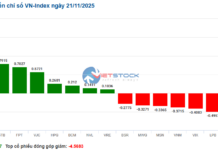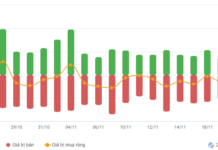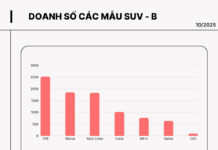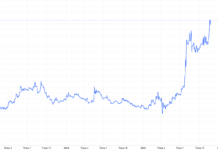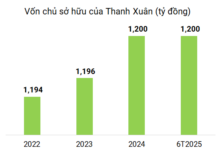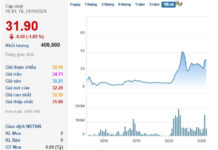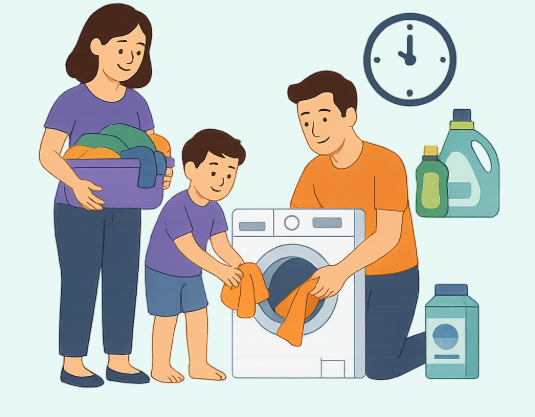
Understanding your washing machine’s settings can help you save on utility bills.
Washing machines are essential appliances in modern households. However, choosing the wrong washing programs can lead to increased electricity and water consumption, resulting in higher monthly utility bills. By understanding and using the correct settings, users can achieve effective cleaning while saving costs.
1. Familiarize yourself with common washing programs
Today’s washing machines typically offer a variety of programs to cater to different needs. Some common programs include:
Quick Wash: This program usually takes 15-30 minutes, uses less electricity and water, and is suitable for lightly soiled or small loads of laundry.
Eco Mode: Eco Mode takes longer to complete a cycle but uses less electricity and water by optimizing spin speed and water temperature.
Cold Wash: Cold Wash does not use any electricity for heating water, resulting in 30-50% energy savings compared to warm or hot washes.
Soak Wash: This program is ideal for heavily soiled clothes but uses more water and time, so it’s best to use it sparingly.
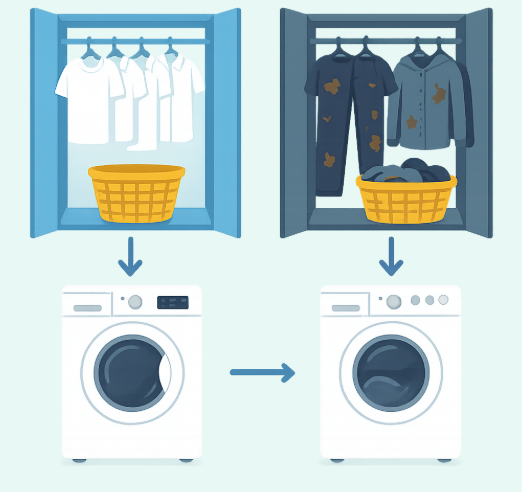
Choose the right washing program to optimize your laundry routine.
2. Select programs based on the level of soiling
For lightly soiled daily wear, Quick Wash or Cold Wash programs are ideal for saving electricity and water. Heavily soiled items, such as sportswear or children’s clothing, can be washed using the regular or soak programs. However, consider washing them together in one load to optimize efficiency.
3. Take advantage of Eco Mode
According to manufacturers, Eco Mode can save up to 20-40% of electricity and water compared to standard washing programs, despite taking longer to complete a cycle. Eco Mode achieves this by reducing spin speed, using less water, and adjusting temperatures for effective cleaning.
4. Opt for Cold Wash whenever possible
While warm water is often associated with better cleaning and sanitizing, it consumes more electricity due to the energy required to heat the water. In most cases, especially for colored or delicate fabrics, cold water is sufficient for cleaning while reducing color fading and fabric shrinkage.
5. Optimize the amount of laundry per load
Washing machines operate most efficiently when loaded to 70-80% of the drum’s capacity. Underloading wastes electricity and water, while overloading leads to increased electricity consumption and puts strain on the machine.
6. Choose spin speeds wisely
High-speed spin programs help dry clothes faster but use more electricity. In warm or sunny weather, or when natural drying options are available, consider using a medium spin speed to save electricity and protect fabric fibers.
7. Develop smart washing habits
In addition to choosing the right programs, simple habits can contribute to electricity and water savings:
Wait until you have a full load before starting a wash.
Regularly clean the drum and filters to maintain machine efficiency.
Avoid peak electricity hours if possible.
Use detergents suitable for your machine type (front-load/top-load) to optimize cleaning.
Choosing the right washing programs not only saves electricity and water but also prolongs the life of your machine and clothes. By combining knowledge of your washing machine’s features with smart usage habits, you can achieve optimal efficiency. In the face of rising utility costs, these small adjustments can significantly benefit your household budget and the environment.

